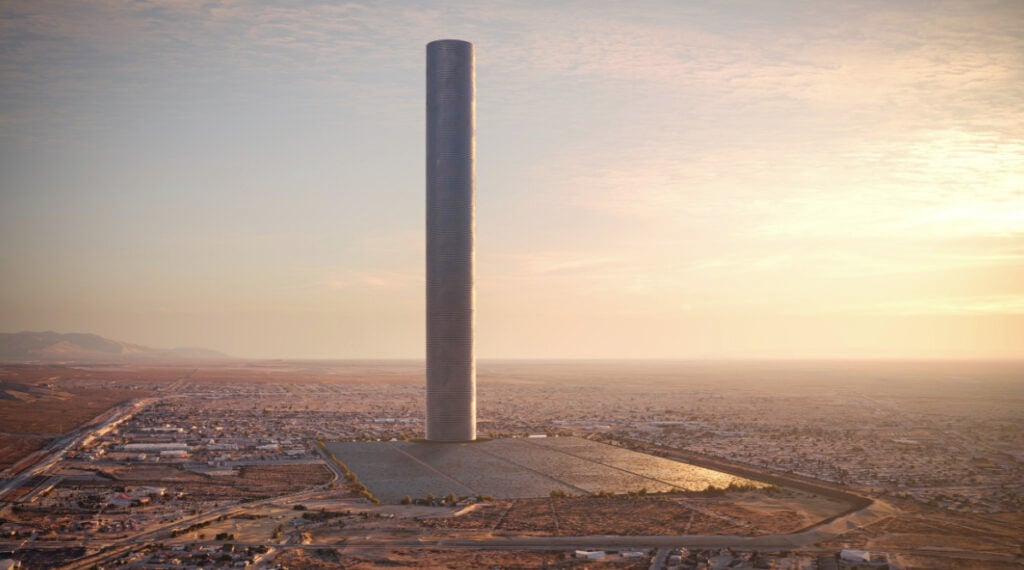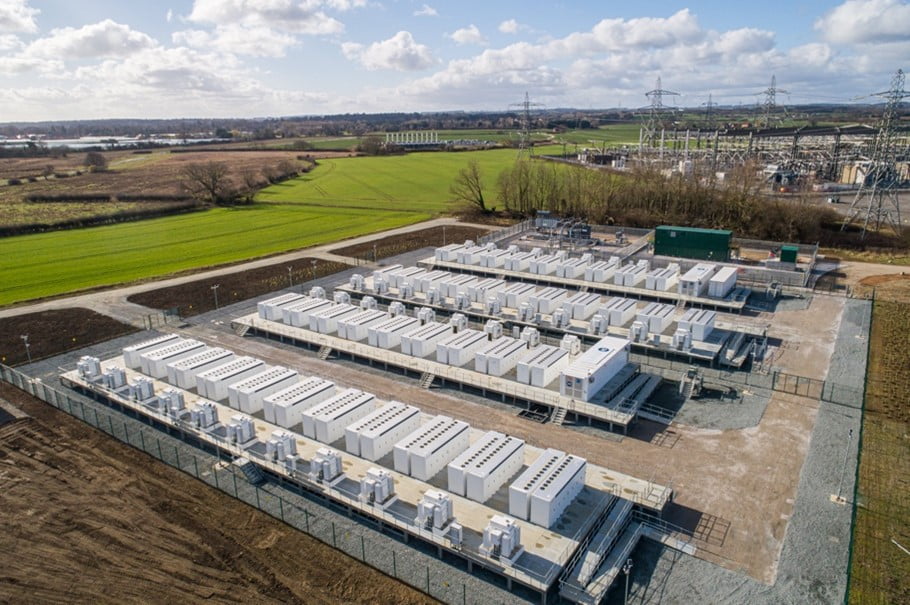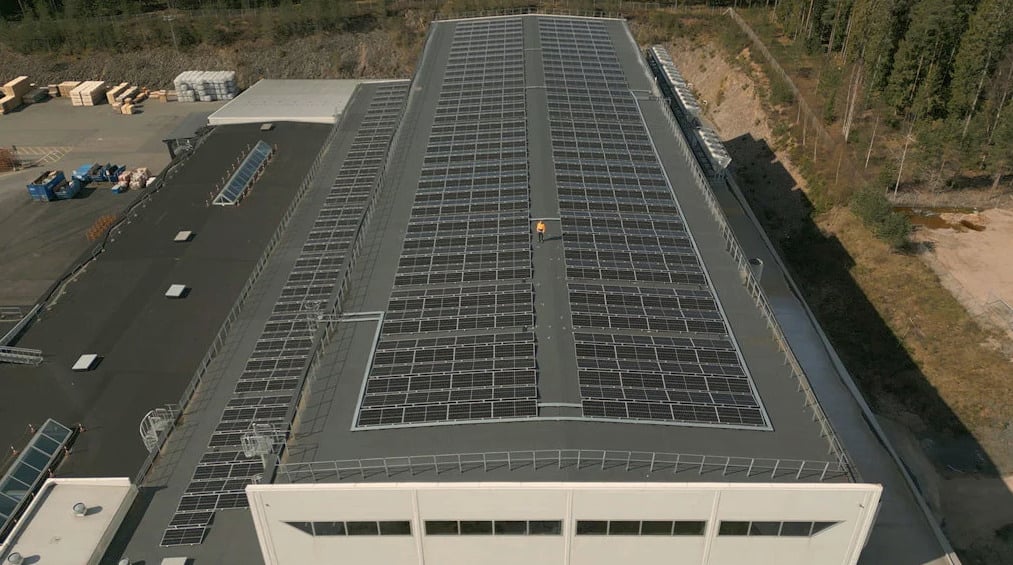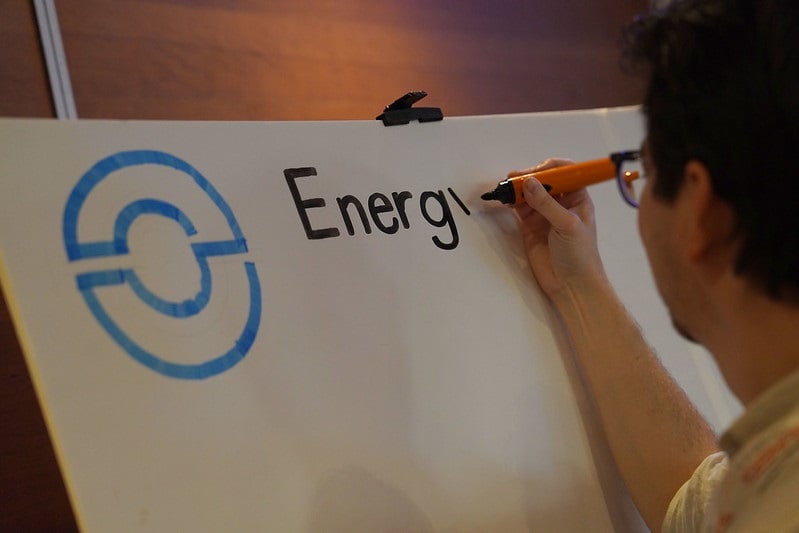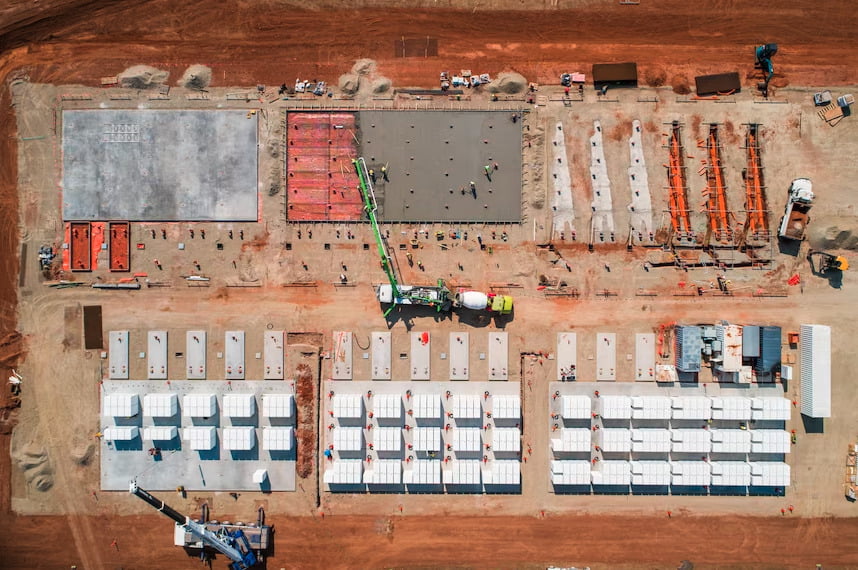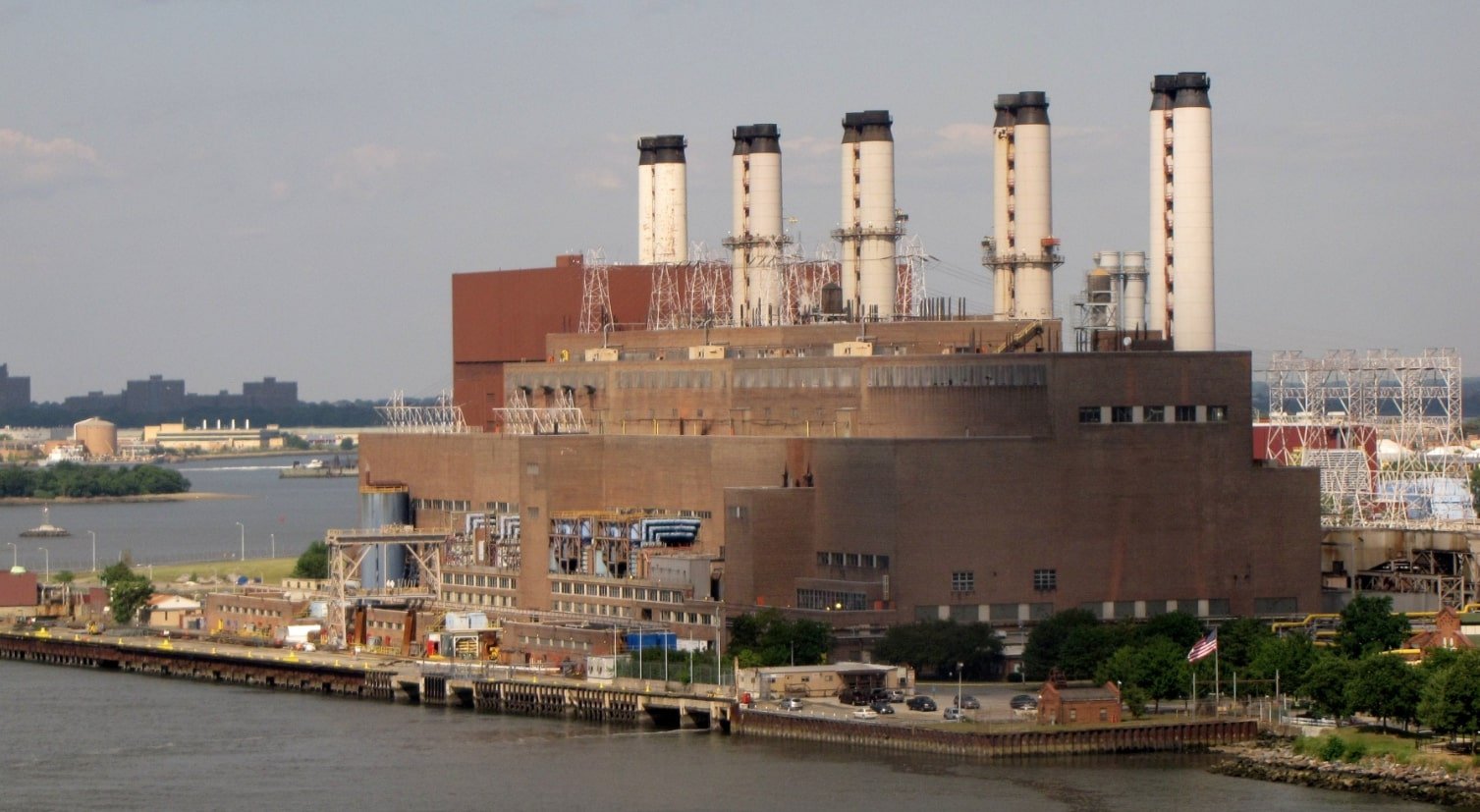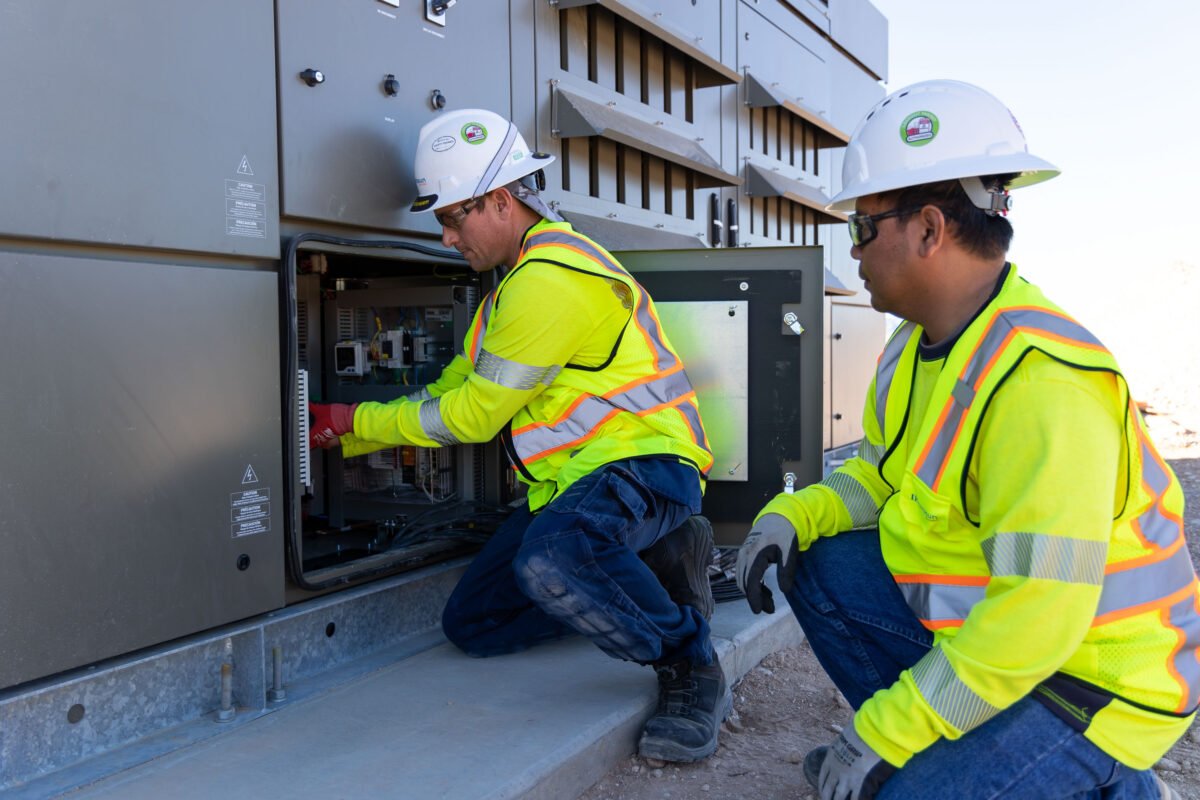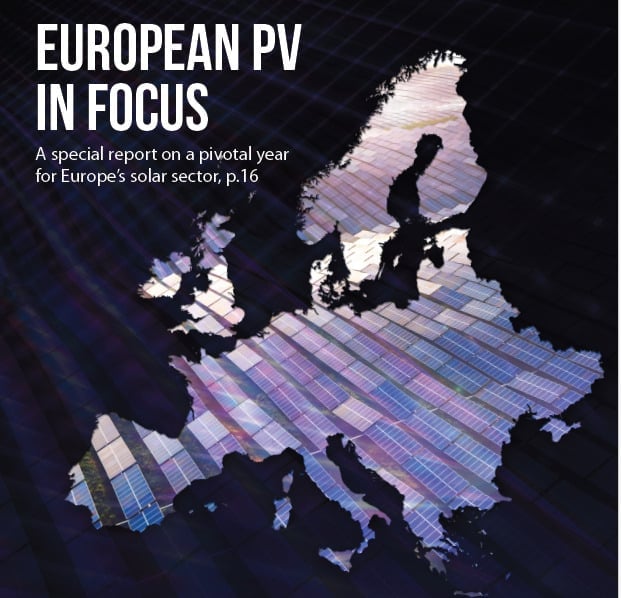‘Volatility is volatile’
A big topic of discussion on the panel, as with many recent industry events, was the falling UK BESS revenues of 2023 after several years of better-than-expected returns.
Alan Smallwood, principal at BESS fund manager Gore Street Capital, said that by its very nature BESS returns will not be consistent.
“Yes, this year might not be such a good period. Battery owners make their money on volatility, and what I tell my investment committee is: volatility is volatile. You’re going to get some good years and you’re gonna get some bad years. And therefore, we shouldn’t make our business case dependent on just the past 12 months, you need to develop a set of beliefs,” Smallwood said.
“Do we believe more renewables are going to come on with the grid, which will drive volatility? In which case, that defines our business case.”
National Grid has done lots of good
Some in the industry have criticised electricity market operator National Grid ESO for not moving quickly enough to reform the Balancing Mechanism (BM) to enable greater participation by BESS, an area which many were hoping would make up for falling ancillary service revenues.
But, to much agreement from other panellists, Masdar Arlington Energy’s head of commercial operations Paul Soskin said that people forget how much the operator has done for the BESS market.
“There’s been a lot of bashing of National Grid, saying the BM’s not good enough, we need to do better and need more action on the BM. National Grid has done a tremendous job of bringing BESS online in GB. It’s not their fault that we have such an overwhelming amount of BESS online, it’s because they’ve been so open and enabled so much functionality for BESS. They’ve done a remarkable job,” Soskin said.
Optimisation not commoditising as expected
Virtually all BESS projects in the UK use an outside optimisation company to play it into electricity markets and maximise revenues. Optimiser penetration is lower but expected to grow elsewhere in Europe and the US.
Field’s Alexa Strobel said that the past belief that optimisation might commoditise did not appear to be materialising.
“One thing that’s interesting is that regardless of who’s doing it, if you look at the optimisers and what they optimise, there are so many different trading strategies employed, even varying for the same asset from month to month. There was a time when we thought optimisers would become a commodity, everyone would be doing the same thing, and revenues would bottom out, but we are seeing a massive range of strategies,” Strobel said.
Agreeing, Masdar’s Soskin added: “I love that two batteries can be in the same location but if they have different optimisers they will have completely different load profiles and revenue stacks.”
Italy’s MACSE auction ‘being driven by the biggest players’
The BM was further discussed later on when Apricum’s Charles Lesser asked the panel about the BESS industry’s relationship with the regulatory environment, to which a common theme across panellists was access to markets.
In her response, BKW’s head of renewables PPA origination Amanda Niklaus made an interesting related point about Italy’s upcoming MACSE auction, which will provide some level of guaranteed revenues for BESS under long-term deals (with the aid of some EU funding).
“It’s important to get support on connection and to be able to participate in all revenue streams that are available, more so than providing fixed revenues over 15 years which I think actually skews the market,” Niklaus said.
“Especially in Italy, where I believe it’s being driven by some of the big players there and may be skewed a bit to their view and might not be suitable for the relatively smaller players. So rather (support should be) on the connection and access to market as opposed to impacting the revenues themselves.”
Data centres as competitors to BESS?
Digital Resources Holdings’ founder and MD Lukas Pfeiffer pointed out that data centres could be seen as a competitor to BESS since they are also a provider of flexibility to the grid with their ability to quickly ramp up and down their electricity use; electricity use which is substantial. In Ireland, for example, around 20% of electricity is consumed by data centres.
“They are some complementary components too, however. We obviously can’t provide power like BESS can and in our set up it’s usually beneficial to have a co-located BESS to be 100% flexible for every megawatt, and there’s also the need for secondary or backup power. Batteries can also turn on faster than we can,” Pfeiffer added.
The event, which took place over 21-23 May last week, was the third edition of the Summit which brings together offtakers, generators, asset owners and financiers in the clean energy market. See the website for more information.
Continue reading

